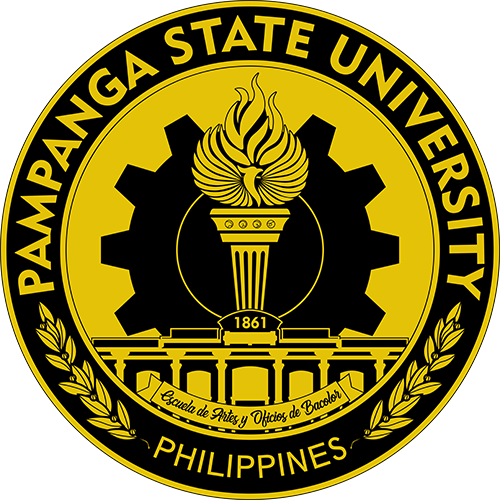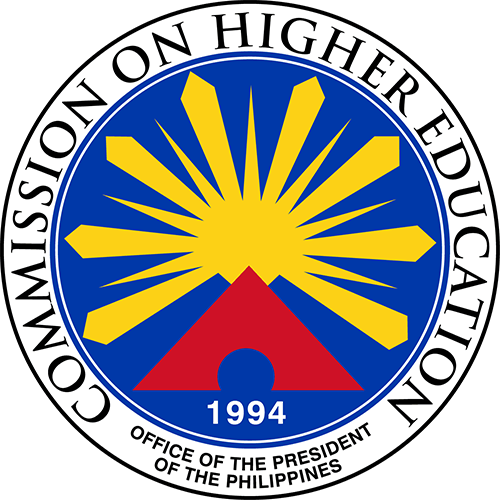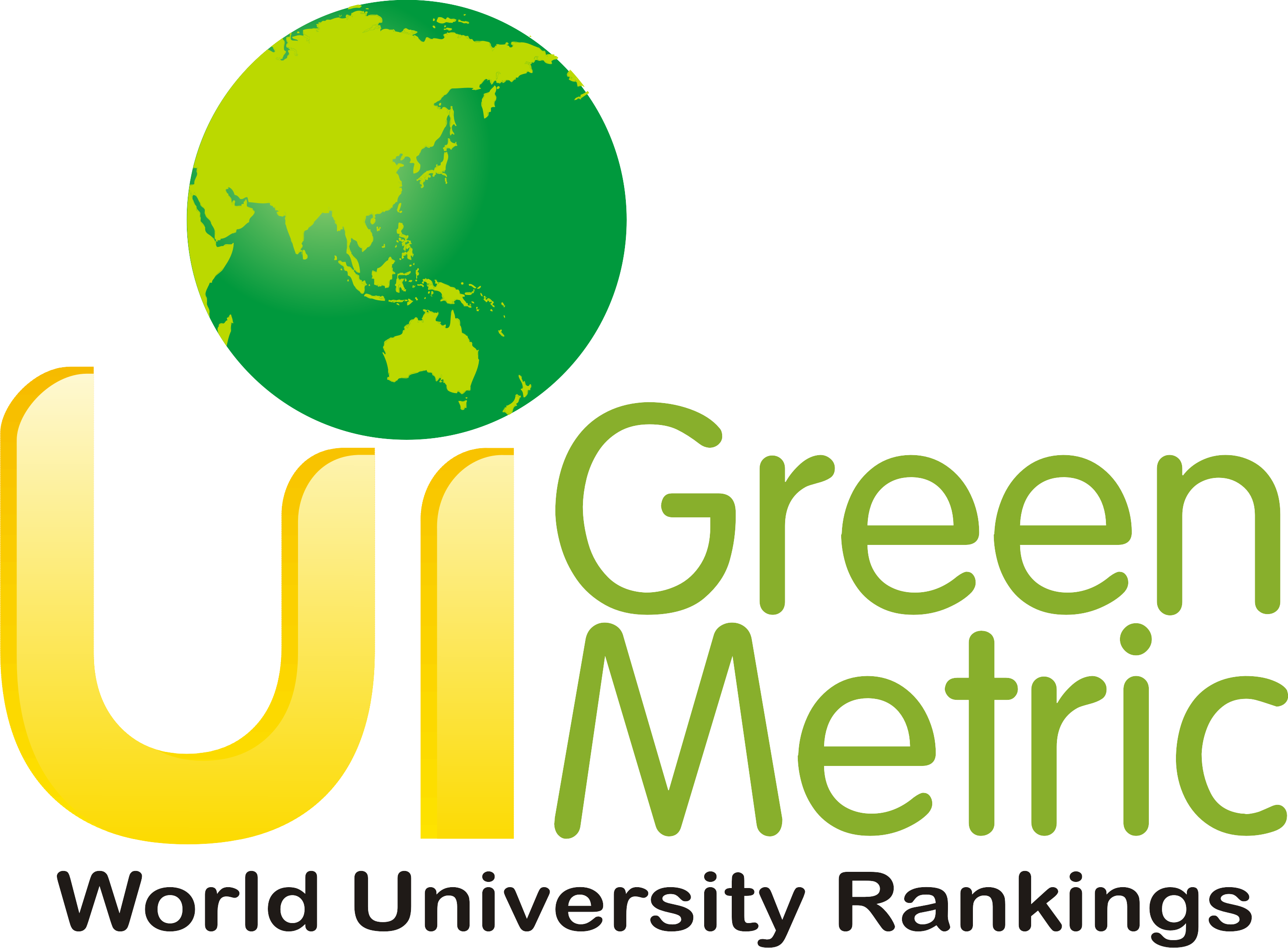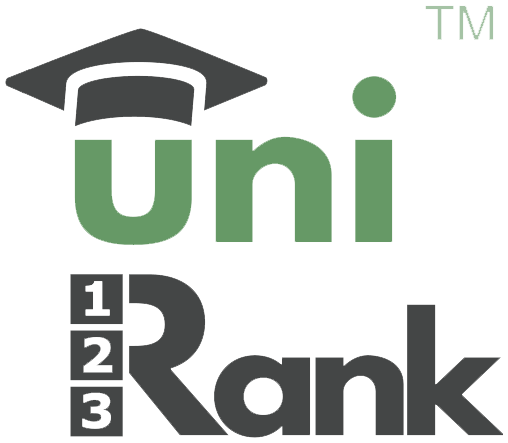Program Description
"Architecture" is the art, science or profession of planning, designing and constructing buildings in their totality taking into account their environment, in accordance with the principles of utility, strength and beauty; "Architect" means a person professionally and academically qualified, registered and licensed under this Act with a Certificate of Registration and Professional Identification Card issued by the Professional Regulatory Board of Architecture and the Professional Regulation Commission, and who is responsible for advocating the fair and sustainable development, welfare and cultural expression of society's habitat in terms of space, forms and historical context; Scope of the Practice of Architecture" encompasses the provision of professional services in connection with site, physical and planning and the design, construction, enlargement, conservation, renovation, remodeling, restoration or alteration of a building or group of buildings. Services may include, but are not limited to Planning, architectural designing and structural conceptualization; Consultation, consultancy, giving oral or written advice and directions, conferences, evaluations, investigations, quality surveys, appraisals and adjustments, architectural and operational planning, site analysis and other pre-design services;
Schematic design, design development, contract documents and construction phases including professional consultancies; Preparation of preliminary, technical, economic and financial feasibility studies of plans, models and project promotional services; Preparation of architectural plans, specifications, bill of materials, cost estimates, general conditions and bidding documents;
Construction and project management, giving general management, administration, supervision, coordination and responsible direction or the planning, architectural designing, construction, reconstruction, erection, enlargement or demolition, renovation, repair, orderly removal, remodeling, alteration, preservation or restoration of buildings or structures or complex buildings, including all their components, sites and environs, intended for private or public use;
The planning, architectural lay-outing and utilization of spaces within and surrounding such buildings or structures, housing design and community architecture, architectural interiors and space planning, architectural detailing, architectural lighting, acoustics, architectural lay-outing of mechanical, electrical, electronic, sanitary, plumbing, communications and other utility systems, equipment and fixtures; Building programming, building administration, construction arbitration and architectural conservation and restoration;
All works which relate to the scientific, aesthetic and orderly coordination of all works and branches of the work, systems and process necessary for the production of a complete building or structure, whether for public or private use, in order to enhance and safeguard life, health and property and the promotion and enrichment of the quality of life, the architectural design of engineering structures or any part thereof; and
All other works, projects and activities which require the professional competence of an architect, including teaching of architectural subjects and architectural computer-aided design; (RA 9266, RA 545)
Program Educational Objectives
The objectives of the Bachelor of Science in Architecture are to develop the following outcomes:
- Perform standard competencies in accordance with the scope of the global and local practice of architecture.
- Show traits of professionalism, sense of responsibility, equality and patriotism.
- Receptiveness to new ideas and knowledge through scientific research;
- Direct and focus the thrust of architecture education to the needs and demands of society and its integration into the social, economic, cultural and environmental aspects of nation building.
- Instill understanding of the basic philosophy and fundamental principles of the multi-dimensional aspects of architecture, and the direct relationship between man and his environment.
Program Outcomes (as per CMO 61 s. 2017)
The minimum standards for the BS Architecture program are expressed in the following minimum set of learning outcomes:
- To keep abreast with the developments in the field of architecture practice.
- The ability to effectively communicate orally and in writing using both English and Filipino.
- The ability to work effectively and independently in multi-disciplinary and multi-cultural teams.
- A recognition of professional, social and ethical responsibility.
- Creation of architectural solutions by applying knowledge in history, theory, planning, building technology and utilities, structural concepts and professional practice. (Design, BTech, UTL, PPrac, ES/AS, HOA/TOA, PLN)
- Use of concepts and principles from specialized fields and allied disciplines into various architectural problems. (LA, IA, HC, PLN, EMP, BU 1-2-3, ES/AS, TOA)
- Preparation of contract documents, technical reports and other legal documents used in architectural practice adhering to applicable laws, standards and regulations. (DES, PP 1-2-3, BT 3, BU 1-2-3-4-5, HSNG, PLN, ENG3)
- Interpretation and application of relevant laws, codes, charters and standards of architecture and built environment. (DES, BT 1, HSNG, BU 1-2-3, PLN)
- Application of research methods to address architectural problems (RMA, ENG3)
- Use of various information and communication technology (ICT) media for architectural solutions, presentation and techniques in design and construction. (VT 1-2-3, CADD 1-2)
- Acquisition of entrepreneurial acumen relevant to the practice of architecture.
- Involvement in the management of the construction works and building administration (PP, BT, BU, Const. Mgmt., ES/AS)
- For professional institutions: a service orientation in one’s profession
- For colleges: an ability to participate in various types of employment, development activities and public discourses particularly in response to the needs of the community
- For universities: an ability to participate in the generation of new knowledge such as pioneering concepts and ideas of site and building design beyond the regular physical and location boundaries and context.










